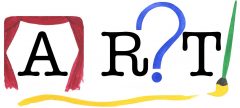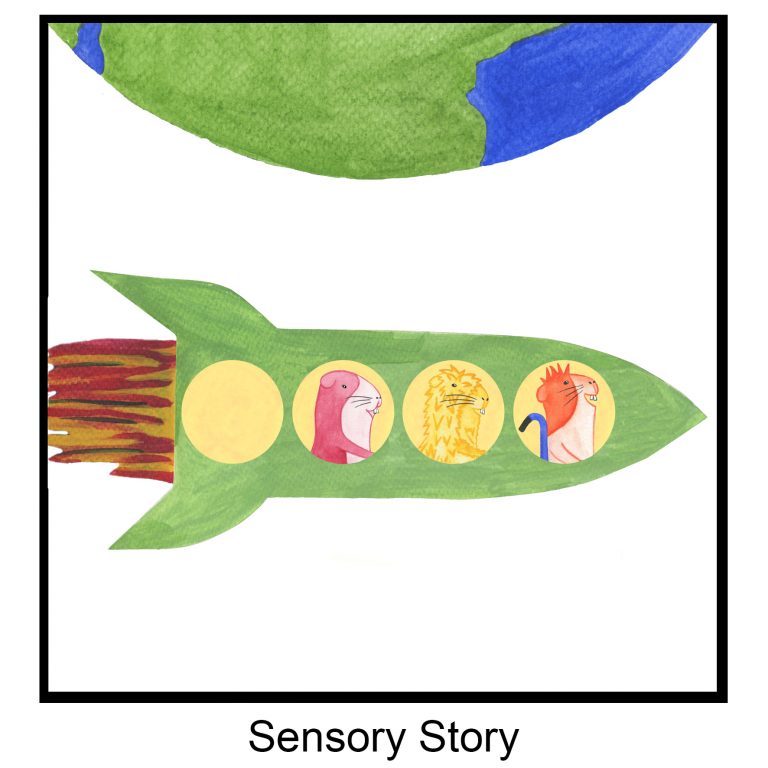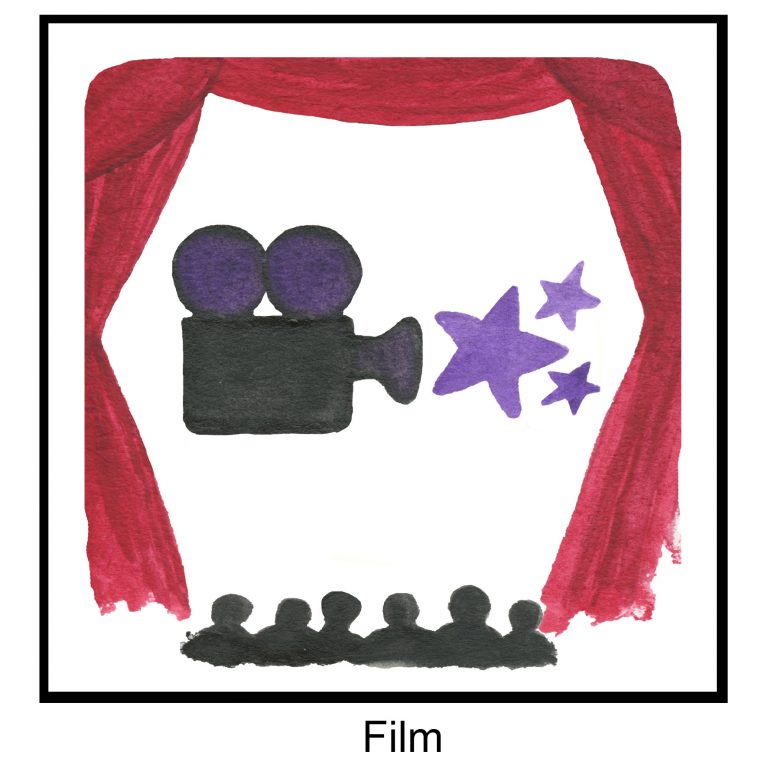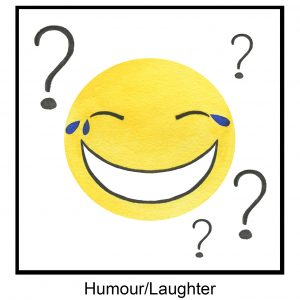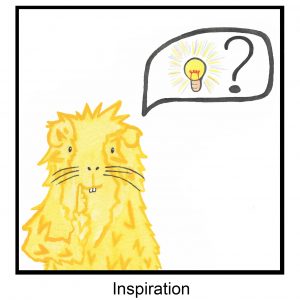
Inspiration
What do you like and love so much that it makes you want to tell stories, make music, create art, play with puppets, dance and make a film?
We wanted to discover what kind of things inspire us and because we
thought there may be lots of different things people find inspirational we wanted to find out how everyone can share their opinion, especially without words. That is why we used music, puppetry, stories and film. There were lots of different things we like and loved, for example:
Inspiration
What do you like and love so much that it makes you want to tell stories, make music, create art, play with puppets,
dance and make a film?
We wanted to discover what kind of things inspire us and because we thought there may be lots of different things people find inspirational we wanted to find out how everyone can share their opinion, especially without words. That is why we used music, puppetry, stories and film. There were lots of different things we like and loved, for example:

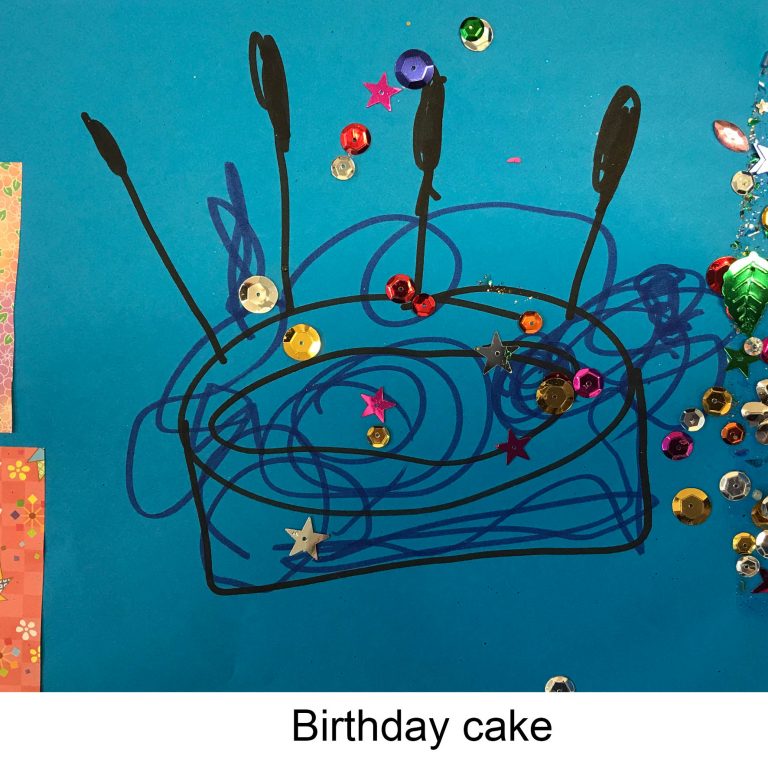
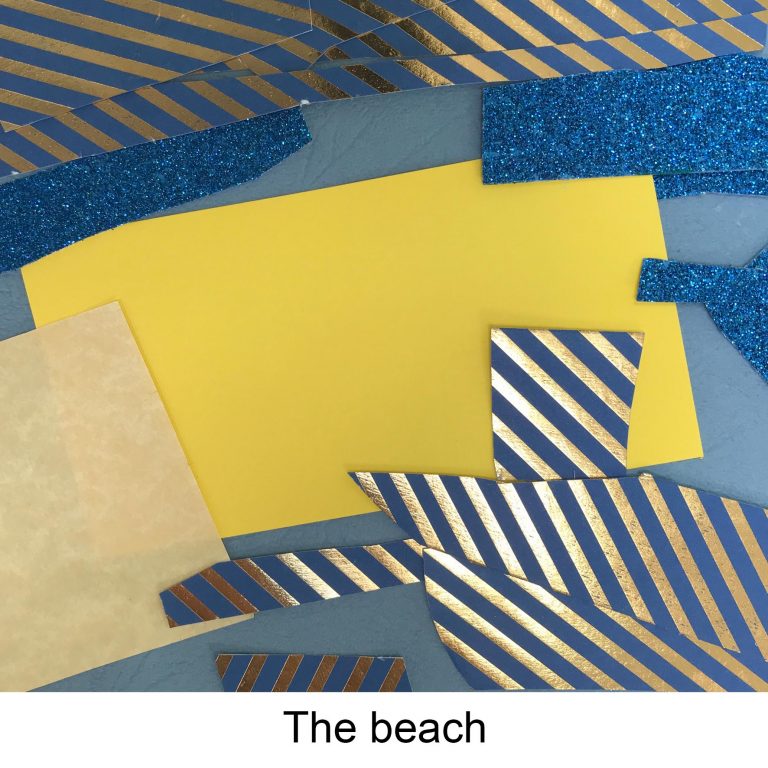

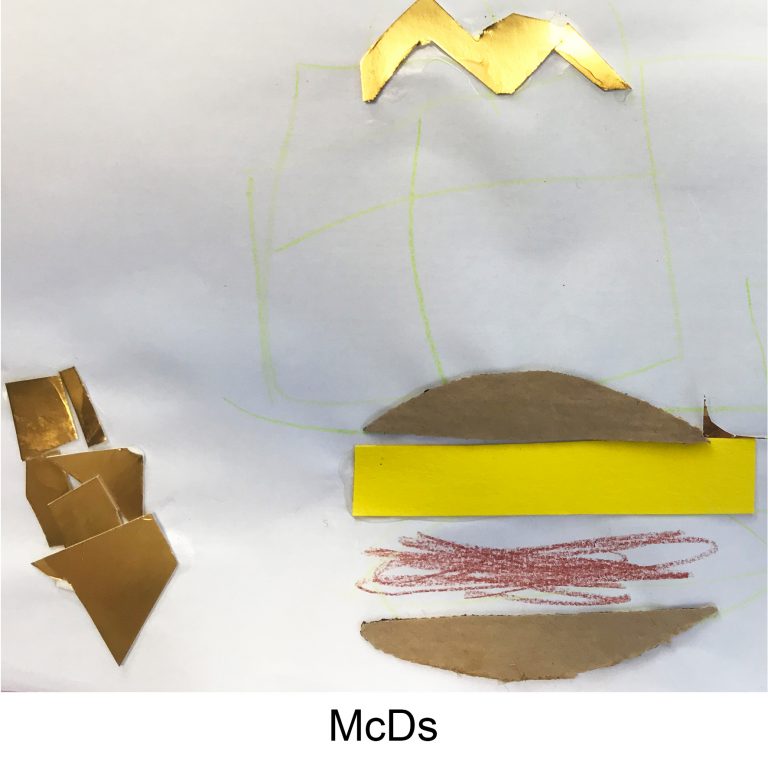
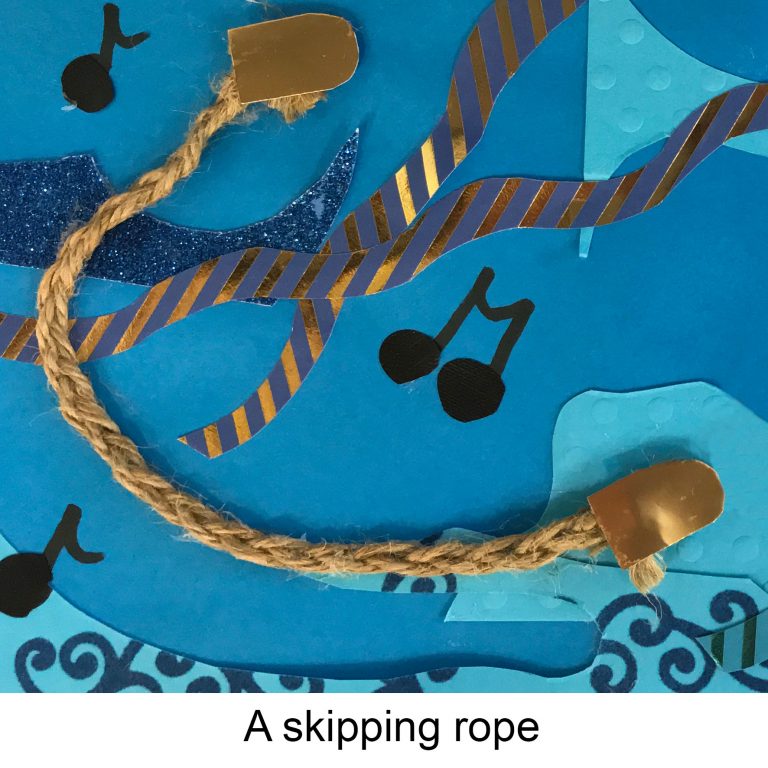

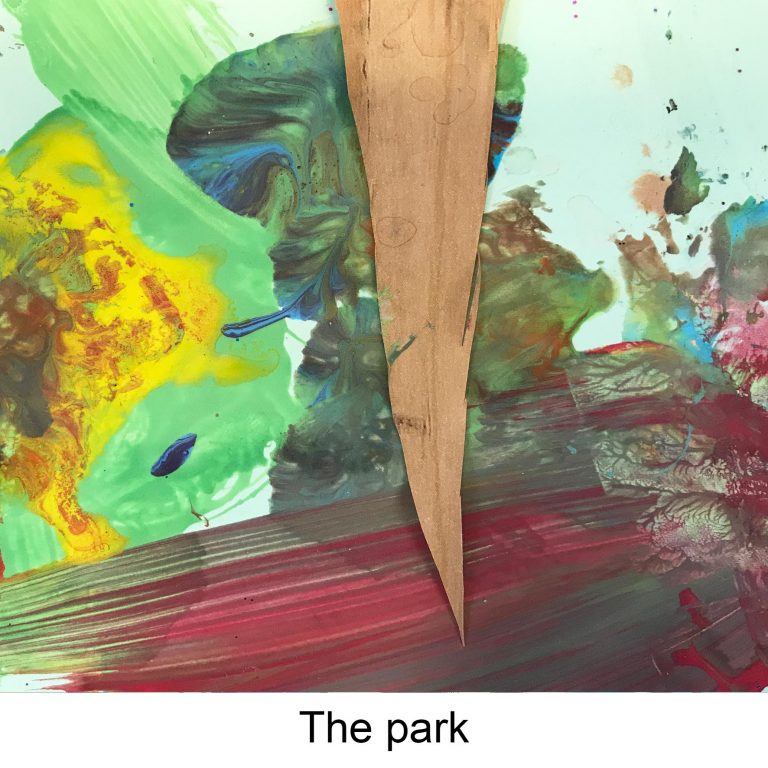
Click on the options below to see, hear and read more about how we discovered and shared what we like and love. Or scroll down to read more about why we did research and asked the question: what inspires us?
Select to read more:
Inspiration sounds like a difficult research topic – especially with children. At the same time you could say that inspiration is very important because it leads us to the things we create and achieve. After all, we need an idea and something that motivates us to do or make something. It is also a term that we hear so often: we say people are inspirational especially those who go and achieve and innovate. You often hear the term used for children and young people with disabilities who overcome ‘barriers’ and difficulties in their lives. Even though the word inspirational is often used to talk about children, we hardly ever ask children what they like and need so they can go on to achieve and create. I would argue that this means we may miss the opportunity to find out how to help children to reach their full potential and possibly deny them from making art relevant to their experience. If you are encouraged to make something starting with what you like or love, you may feel that what you have created means more to you then something that you were simply told to do.
Although the term inspiration sounds difficult, you can break it down by asking: What do you like or love so much that it makes you want to dance, make music, art or perform? Then we can make it even easier and look at the things we play with or where we like to go. We can collect these things we like or love (perhaps also asking our parents/carers and teaching staff) and then give children opportunities to make art in reference to these items. During the first research stage, in which we looked at humour and laughter, I asked some of the young participants and parents what they or their children like to do in terms of being involved in the arts. The answer was, of course: Lots of different things. This is understandable, some children love making music but others may dislike loud noises or may be hearing impaired. Some children love doing technical things on the computer, others may find it difficult to sit still for long and prefer to dance. Interestingly, although there were many different answers most young collaborators liked arts and crafts.
I used this information to create the second practical research stage, with the idea that we try to do as many different activities as possible and get as many students in the school to participate. I invited three freelance artists specialising in puppetry (Amelia DeFelice), music (David ‘Stickman’ Higgins) and film (Diwas Bisht). I also worked with the young collaborators to write and make stories. The final aim was to create a film, which showcases the work and can be shared. This will hopefully help the young collaborators to remember the experience as well as inspire others to engage in the arts.
Together we worked at two different special schools, one in London and one in Cheshire, where we staged workshops for very different groups in terms of ages and abilities. Each workshop was designed so that the young collaborators could share their individual perspectives, personality and background. We wanted to create inspirational environments where the child’s individual background was acknowledged and where there was room for children to contribute to the research in a child-led manner. It was also important to find and explore ways in which children could share their stories with minimal, or without, verbal language. Therefore, in the music session we used percussion instruments (as well as paper plates and sponges) and chanting to create ‘stories’ about, for example, colours, how we get ready for school in the morning and what we see while we are driving our imaginary cars. In our puppetry session we created puppets out of newspaper and decorated them using lots of colourful stickers, tape and feathers. In a disco we then explored how our puppets moved to different music styles or how they would fly through the sky and walk on the moon. In this manner we shared our stories through the movements of the puppets. Finally we used our favourite places and items to tell a story through stop motion animation. In Cheshire one group made storyboards with their ideas, which the animator used to make a story about a boy and girl playing in the park. We also used items and our own art work to make interactive sensory stories.
To make sure as many students as possible could join in I used different ways of obtaining parental permission and capturing data. The story making sessions were not filmed and took place in the classroom. To be able to write about the sessions I used field notes, teacher feedback and analysed the artwork made by the children. The other workshops were filmed and the footage analysed in a similar way to the first research stage.
If you would like to read more about the different activities please scroll up and select which one you would like to know more about. As I am currently still working on the project and analysing data, you may like to revisit this site at a later stage as I will be adding much more content – including the final films!
This information will be added shortly
This information will be added in due course
